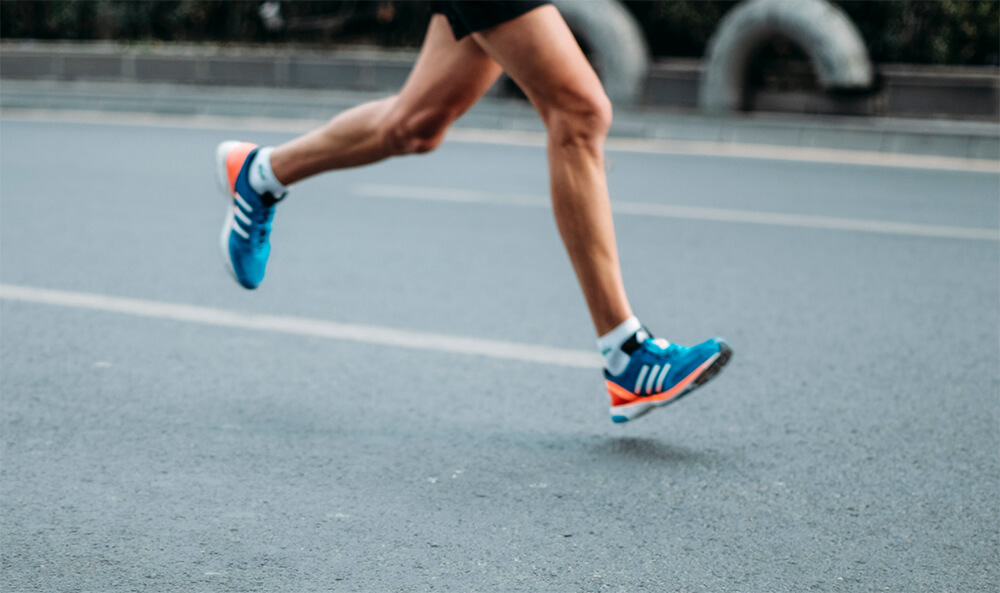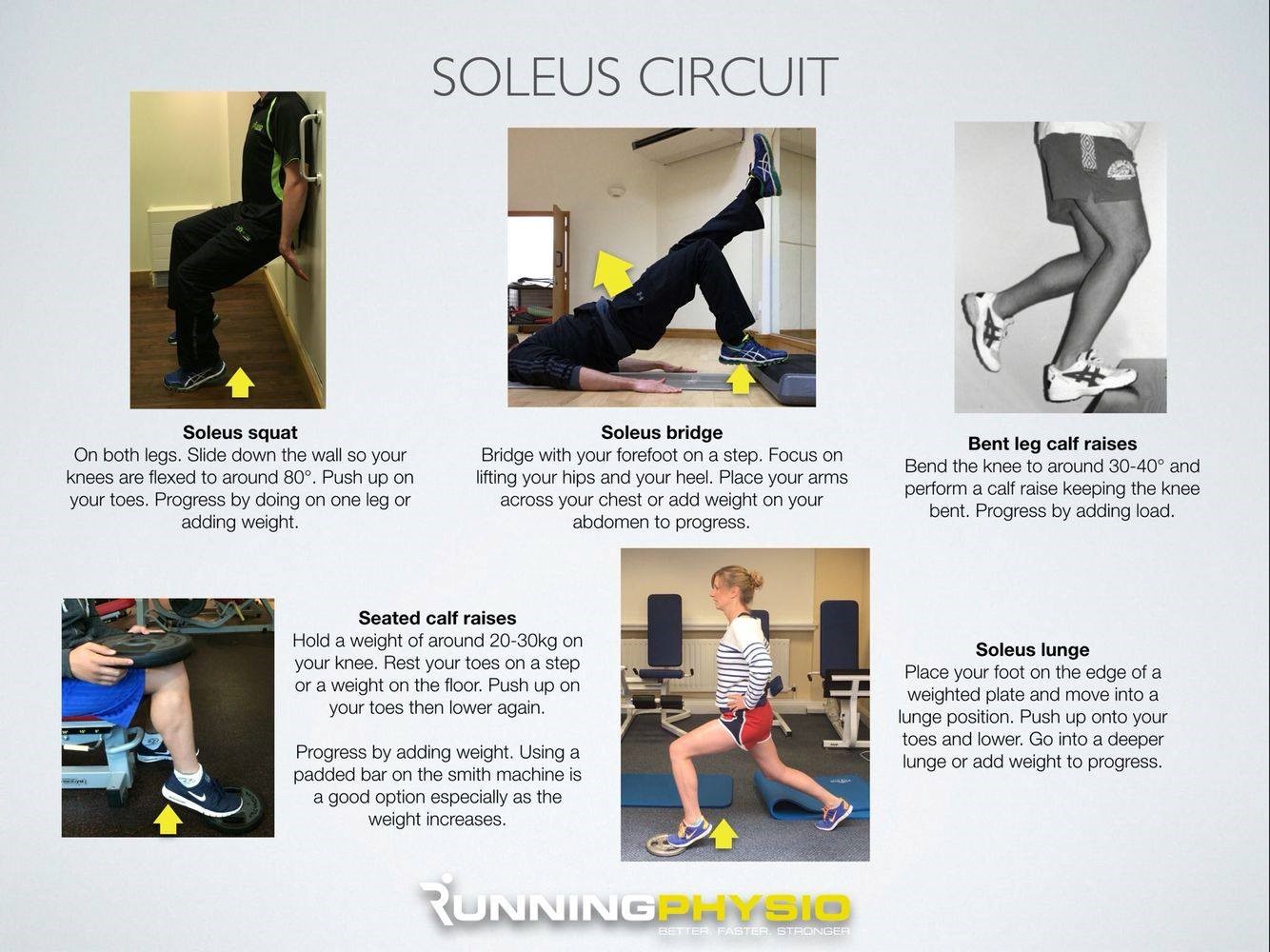
Soleus the forgotten muscle for runners
Providing treatment post GNR and talking with some of the runners when asked how long they have they been training and how did they train, most of them answered “started running 10-12 weeks ago but I did not do anything else”. It is an answer that I often get when treating runners but is running enough for running? Errr ..no!
What is soleus muscle?
It is one of your three calf muscles that extend from the Achilles tendon on the heel up behind your knee. The soleus is responsible for pointing your toes downward and push-off when you’re walking or running.

Why is it important?
As one of the deeper muscles in the calf, soleus is full of slow-twitch fibres which are responsible for long distance running while the gastrocnemius is loaded with fast twitch fibres responsible for your explosive sprinting power.
The push-off of the foot during running is crucial and the soleus is heavily relied upon for enduring mile after mile, which is why long-distance runners are usually the first ones to experience soreness and overuse pain in their soleus.
It is often called a “second heart” because of its ability to pump blood into the lower leg and that means when it’s tight or lacks strength, it actually inhibits the flow of blood to your foot and ankle.
How does the soleus affect your run?
Although true soleus injuries are rare, overuse- a dull, recurring, annoying pain is very common in runners.
Calf muscles are shock absorbers so every time you heel strike your body has to brake using the muscles gastrocnemius and soleus in that order.
Forefoot runners tend to be more affected by soleus muscle injuries because they engage it more to prevent the shock from going up to the knees.
How to strengthen your soleus?
Luckily the soleus muscle is relatively easy to strengthen.
If you feel sore try doing some of your runs on the treadmill because this does not include any lateral movements and it gives the muscle a chance to relax for a bit.
If the muscle is not sore add some weights when training because during running you spend most of the time in single leg stance and the force is greater than your body weight.
Advice: Self-massage before and after long runs can help prepare the muscle for running and increase blood flow to prevent soreness.
At Hexham Physio all training programmes are customized and focused on the patient`s goals and fitness level.

Soleus circuit courtesy of Tom Goom- The Running Physio
